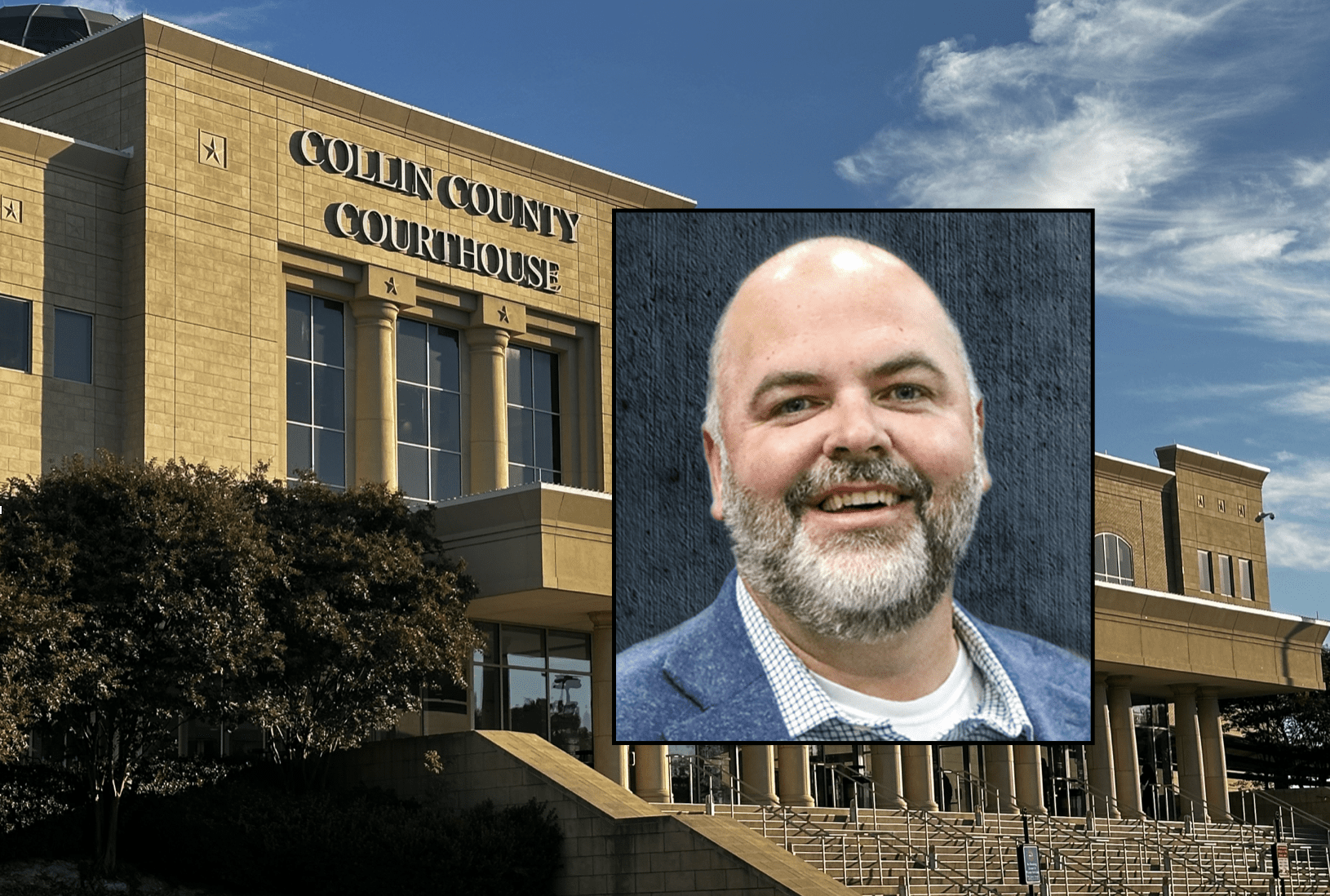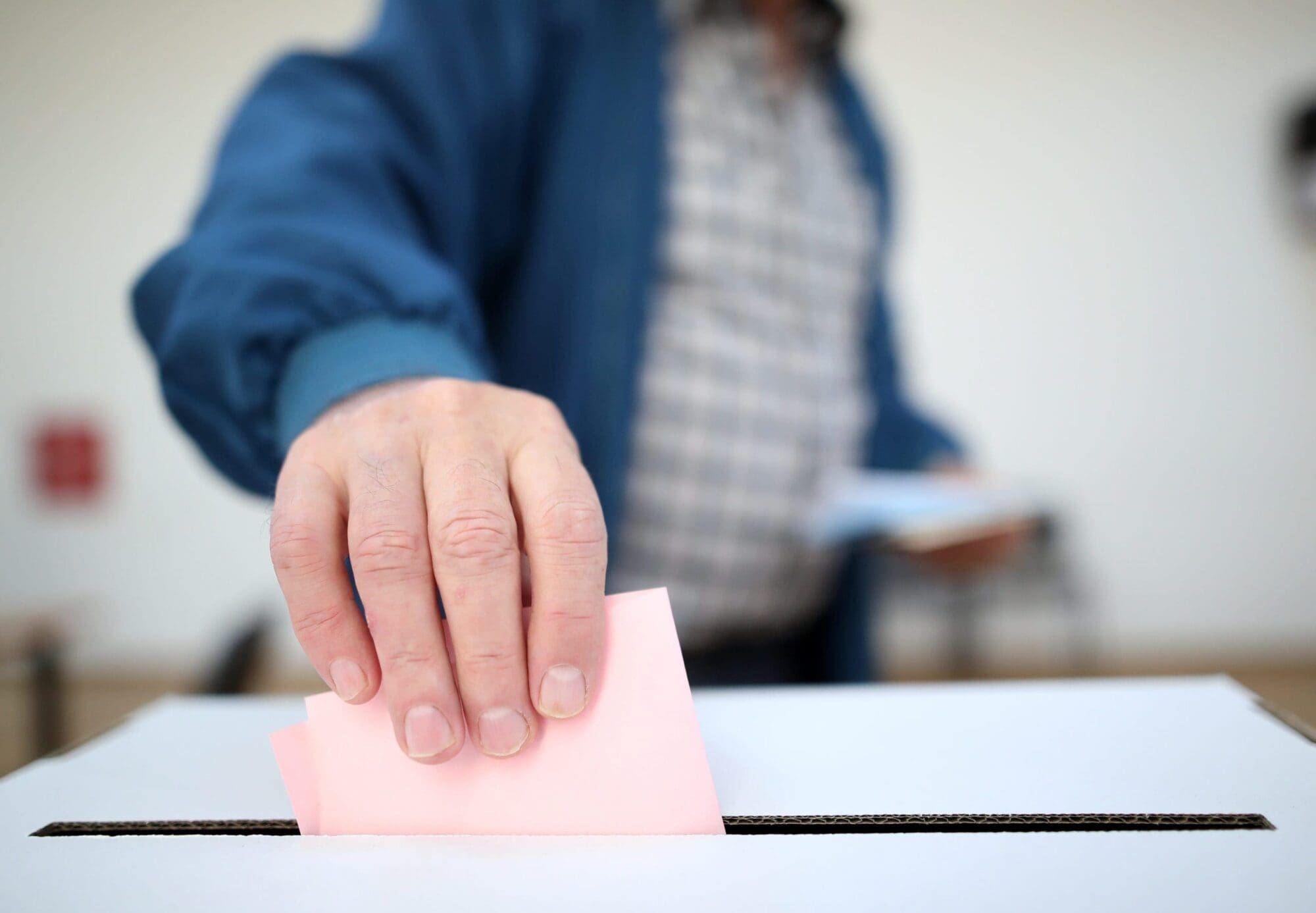Acknowledging Texans’ concerns about election security, a conference this week for election officials from across the state focused on transparent processes as key to building voters’ confidence that their votes count.
“Transparency is the best way to promote public confidence in elections” was the recurring theme at this year’s Election Law Seminar, a training event for county election officials hosted annually by the Texas Secretary of State’s Elections Division.
Promoting Confidence Through Transparency
The three-day conference opened Monday with the topic of promoting voter confidence through transparent election processes, which the state’s director of elections, Keith Ingram, said set the stage for the entire seminar.
That conversation included Tarrant County Elections Administrator Heider Garcia. He affirmed transparency is key to repairing the underlying erosion of trust in the system and prescribed taking a proactive approach to providing information to the public.
“Let’s be smart about how we design our systems and processes to be transparent, and not for transparency to be a burden,” Garcia told Texas Scorecard.
For example, Garcia said his office realized the vast majority of public information requests were for the same things, so they decided to generate a standard “library” of election records.
“We’re trying to be responsive, proactively produce and have the records ready so we can deliver them immediately,” he said.
Most recently, his office responded to mailers prompting voters to “Verify My Voting” via a third-party website that Tarrant elections staff found didn’t match official voting records.
Garcia said his team sat down to figure out how to deliver what voters wanted. The result: Tarrant County is updating its elections website so voters can look up their own voting history.
Garcia said being proactively transparent works. “It shows we’re respecting the stakeholders. We’re working to get you what you need.”
Another key step Garcia takes is inviting the public into the elections office to meet staff and learn about all the steps involved in administering elections.
“Give us a chance to show you what we do,” he said, adding it’s an opportunity for elections administrators to show they are open to working with the public and are doing their jobs.
He also encourages people to be watchers and observe the full chain of election processes.
“Our message is that watchers are part of our team,” he said. “The results are amazing when people come in and watch.”
The theme of transparency continued throughout the conference, including sessions on documenting, securing, and auditing election processes.
Chain of Custody
Topping the list was a chain of custody, a tracking methodology that is vital for safeguarding the election process and voters’ rights, as well as for providing transparency.
“All links in the chain of custody must be documented so we know who handled our rights,” SOS Election Security Trainer Alexa Buxkemper said in a presentation on the topic. “Chain of custody equals security and transparency.”
The chain of custody must be rigorously documented, not only for ballots (“there are a lot of forms for tracking how paper ballots move around”), but also for the physical security of election offices and polling places, ballot programming, logic and accuracy testing, supply pickup and delivery of equipment, seals and tracking, electronic media, and return and storage of records and equipment.
“If anyone questions the integrity of the voting process, proper chain of custody documentation can prove there were safeguards all along the way,” Buxkemper said. “If there was a break in the chain, it should be able to be discovered.”
She added maintaining the documents for quick response to public records requests takes time but is worth the effort.
Paper-Based Voting Systems
Another process for improving public confidence through increased transparency is the use of paper-based voting systems, SOS Attorney Chuck Pinney told conference attendees.
All electronic voting systems used in Texas elections must produce a paper ballot record by 2026, thanks to Senate Bill 598, which the Legislature passed this year with overwhelming bipartisan support.
Pinney said paper-based systems are more transparent because they allow voters to verify their choices before casting ballots, give poll watchers an observable trail from the voter to the ballot box to centralized counting and securing of ballots, and provide opportunities to perform additional audits before and after each election.
Post-Election Audits
Post-election audits are the best-known transparency measure for verifying voting system results.
Texas law already requires partial manual counts in elections that use paper ballots, to verify the accuracy of the equipment in counting ballots.
Starting in 2026, SB 598 mandates “risk-limiting audits”—statistics-based manual recounts that verify the accuracy of election outcomes. They are “the gold standard of audits,” according to SOS Elections Division Legal Director Christina Adkins.
State and local election officials are working on a pilot program (set to launch in 2022) to develop specific protocols for the audits, which will apply to elections with statewide races on the ballot.
Adkins added county officials could go beyond posting just the required election night results by reconciling key voting data and making the information easily available to the public—another proactive transparency measure to promote confidence in elections.
Election Security
In one of the final sessions of the seminar, SOS Election Security Trainer David Velez-Perez noted that transparency is a key component even of election cybersecurity processes.
“Technology without transparency lacks trust,” he said, adding that maintaining election integrity is “a year-round task.”
Transparency in Local Election Offices
Texas has 254 counties, each with its own election personnel and processes. Garcia believes elections administrators should welcome opportunities to show the public what they do and encourages voters to make the effort to learn more about their local election processes.
Such transparency can go a long way toward building public confidence in Texas elections.
Contact information for county election officials is available on the Texas Secretary of State website.





